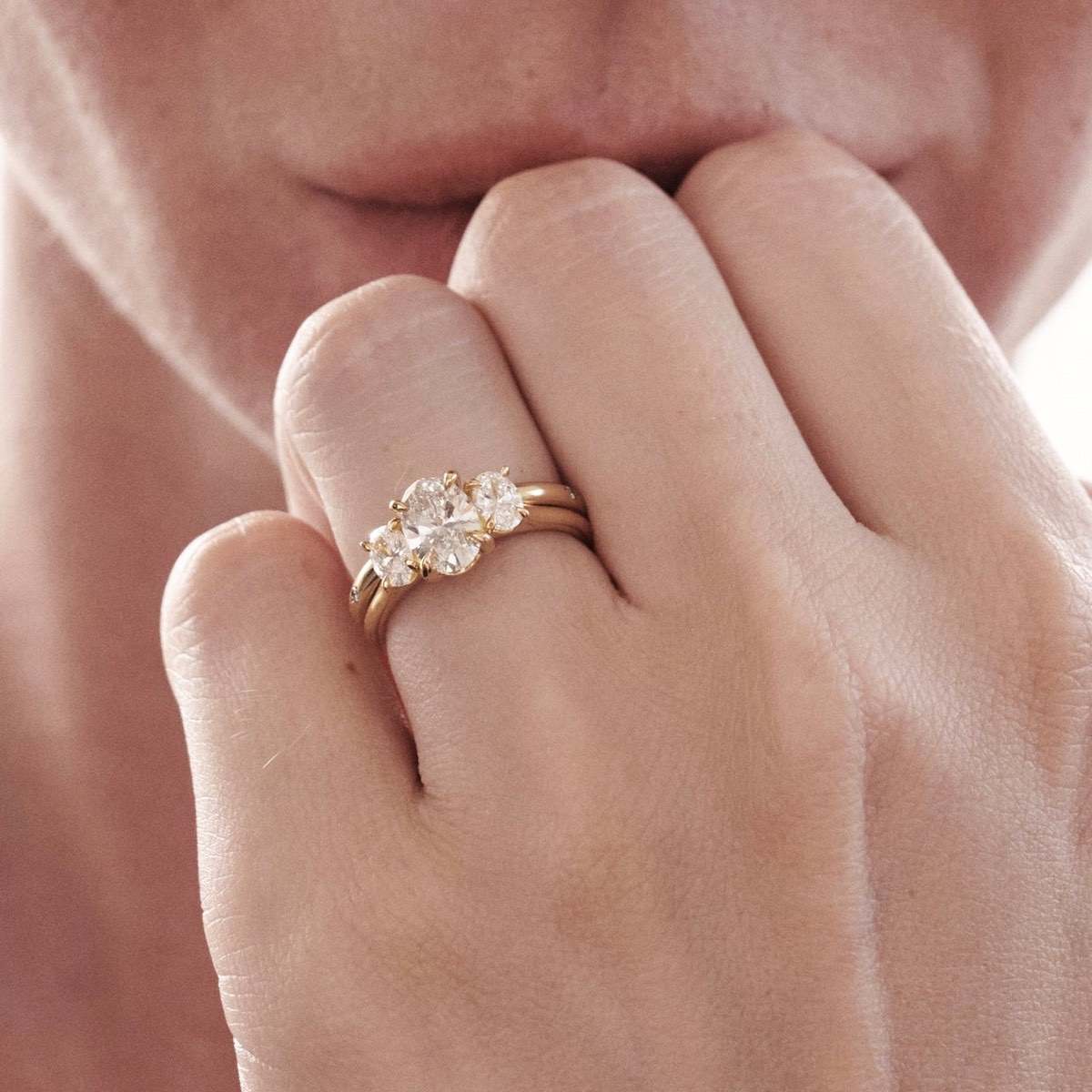
Selecting the perfect diamond for an engagement ring is a momentous task, one that involves understanding the four essential characteristics known as the “4 Cs”: cut, color, clarity, and carat weight. These factors play a pivotal role in determining the overall beauty, brilliance, and value of a diamond. Let’s embark on a crash course in mastering the 4 Cs to help you make an informed and confident decision when choosing the centerpiece for your engagement ring.
1. Cut: The Key to Brilliance
The cut of a diamond is arguably the most critical factor influencing its beauty. It refers to how well the diamond’s facets interact with light, affecting its sparkle and brilliance. Diamonds are graded on a scale from Excellent to Poor based on their cut quality. A well-cut diamond reflects light internally, creating a dazzling play of light and enhancing its overall allure. When selecting a diamond, prioritize a cut that maximizes brilliance, ensuring that the facets are precisely aligned for optimal light performance.
2. Color: The Spectrum of Whiteness
Diamonds come in various colors, with the most desirable being colorless or near-colorless. The Gemological Institute of America (GIA) grades diamond color on a scale from D (colorless) to Z (light yellow or brown). The less color a diamond exhibits, the more valuable and rare it is considered. When choosing a diamond, consider opting for a color grade in the near-colorless range (G to J) to achieve a balance between visual appeal and budget considerations.
3. Clarity: Unveiling the Inner Beauty
Clarity refers to the presence of internal and external imperfections, known as inclusions and blemishes, respectively. Diamonds are graded for clarity on a scale from Flawless (no imperfections visible under 10x magnification) to Included (imperfections visible to the naked eye). While flawless diamonds are exceptionally rare and valuable, diamonds with slight imperfections that are not visible to the naked eye (such as those in the VS (Very Slightly Included) or SI (Slightly Included) range) are often an excellent choice for achieving both beauty and value.
4. Carat Weight: Balancing Size and Budget
Carat weight measures the size of a diamond, with one carat equal to 0.2 grams. While larger diamonds are generally more valuable, carat weight alone does not determine a diamond’s beauty. It’s essential to strike a balance between size and the other three Cs to ensure an exquisite and well-proportioned diamond. Consider your budget and prioritize the overall quality of the diamond over sheer carat weight to achieve the most captivating and balanced look for your engagement ring.
In addition to the 4 Cs, it’s crucial to consider the overall aesthetic of the diamond and how it complements the chosen setting. The shape of the diamond, such as round, princess, or cushion, can significantly impact the ring’s style and visual appeal.
When embarking on the journey to select the perfect diamond for your engagement ring, it’s advisable to educate yourself on the 4 Cs and work with reputable jewelers or certified gemologists. The GIA, for instance, provides comprehensive diamond grading reports that detail the specific characteristics of a diamond, offering transparency and assurance in your purchase.
In conclusion, mastering the 4 Cs is a fundamental step in selecting an engagement ring that not only dazzles with brilliance but also aligns with your preferences and budget. By understanding the cut, color, clarity, and carat weight of a diamond, you empower yourself to make an informed decision and choose a timeless symbol of love that will captivate for generations to come.
